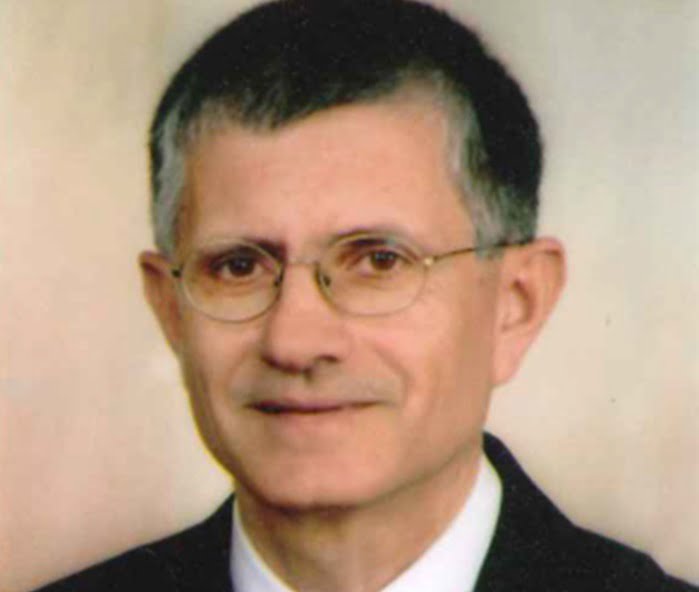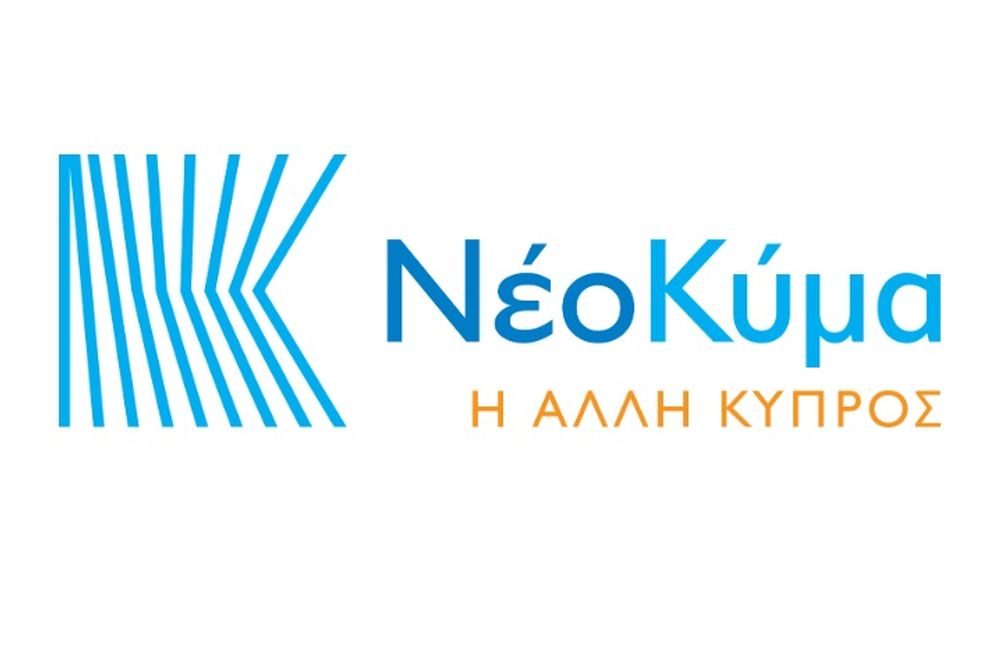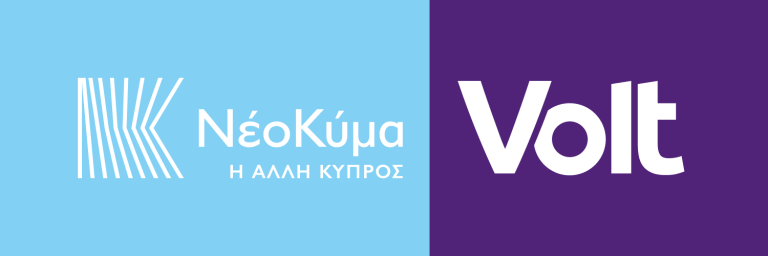
According to a recent study, significant macroeconomic after-effects of the pandemics persist for about 40 years. Could the coronavirus pandemic bring about lasting changes in national security perceptions and, in turn, national security policies? It is perhaps too early to answer this critical question with confidence yet it is almost certain that defense budgets will come under increased pressure. Today we have come to shift focus from narrowly defined military threats to truly global challenges like climate change and across-frontiers public health.
The key element for a successful and efficient Human Intelligence and cyber security strategy against non-traditional threats (biological warfare, Chemical, Biological, Radiological, Nuclear, and high yield Explosives, transnational organized crime networks) is the coordination and quick response of public institutions and the private sector. A systematic collaboration could manage to establish a scientifically superior multi-disciplinary Human Intelligence and cyber security expert team which could cope with large scale cyber-attacks and terrorist incidents on critical infrastructure.
The non-traditional asymmetric threats of the 21st century require intelligence-sharing cooperation, which is the most important weapon in the battle against terrorist acts. Collective action is the most important tool for the security and intelligence community, depending on shared intelligence and joint assessment to prevent prospective major terrorist acts.
The rapidly developing information age presents advanced and complex information technology and methodologies to be mastered and integrated to make cyber-security and Human Intelligence more efficient in combating terrorist incidents on critical infrastructure.
The EU member states must explore ways to collaborate more on human intelligence by introducing a ‘common European Intelligence Culture’ as well as cyber security standards by endorsing European cyber security policies in order to enhance critical infrastructure within the European Union.
In the realm of military affairs and national security, asymmetry is acting, organizing, and thinking differently than opponents in order to maximize one’s own advantages, exploit an opponent’s weaknesses, attain the initiative, or gain greater freedom of action. It can be political-strategic, military-strategic, operational, or a combination of these. It can entail different methods, technologies, values, organizations, time perspectives, or some combination of these. It can be short-term or long-term. It can be deliberate or by default. It can be discrete or pursued in conjunction with symmetric approaches. It can have both psychological and physical dimensions.
The key forms of Asymmetry can be coded as follows: asymmetry of method, asymmetries of technology, asymmetries of will, asymmetry of morale, asymmetries of organization, superior training or leadership, material or psychological.
Among other, asymmetric resources include:
a) Strategic culture: strategic environment and threats, strategy to address the threats, and main security partners.
b) Military strategy and force reconfiguration, capable of adjusting to the unexpected with creative solutions on the spot.
c) Dimensions of military geography: spatiality, place, environment, and landscape.
d) Border and Maritime Surveillance.
A synergy of asymmetric efforts may prove decisive in major conflicts; but a single asymmetric act may be a ‘silver bullet’ against less-than-vital interests.
Critical Factors for Military Innovation in Small States can be summarized as follows:
a) The development of a ‘dynamic’ range of military capabilities that are agile, flexible, affordable and multi-mission oriented for a broader range of potential contingencies.
b) Niche military innovation under local circumstances.
c) Closer collaboration with partners and security allies, including more sharing and pooling. Regional solutions.
d) The security choices of small states to a great extend depend on their security partners, be they big states or international organizations.
e) The strategies in the military, diplomatic and economic fields should be in perfect harmony.
f) Israeli Defense has aimed to create conditions of ‘reverse asymmetry’ by creatively exploiting the Israeli Defense Force’s qualitative superiority in both technology and human capital in order to offset its relative quantitative force inferiority.
Smart Defense is an innovation. Critical factors and distinctive capabilities from the four basic innovation types –product, process, organizational, communication– are combined in a way (best configuration) that they synergistically maximize strategic deterrence. Critical factors and core capabilities can be taxonomized as follows:
1. Product Innovation: Economic, trade, energy, political, diplomatic, legal and military means; equipment, technology as a crucial force multiplier; civilian and military capabilities. Intelligence Analysis, hybrid war, cyber-attacks. Geostrategic factors. Regional/international alliances.
2. Process Innovation: New processes for resources management. Logistics. Military Geography. Operational implementation, interoperability. Prioritization, Specialization. Strategic adaptability, efficiency, effectiveness. Risk Management. Alliances and Synergies.
3. Organizational Innovation: Security and Intelligence Culture. Training, Education. Regional / international cooperation.
4. Communication Innovation: Strategic Communication; Narrative-Positioning; Moral high ground; Nation Branding.
The structure of an innovation should be antifragile-by-design, capable of gaining from volatility, variability, randomness, uncertainty and time by minimizing exposure and harm from negative (unfavorable) asymmetries and maximizing exposure and benefit from positive (favorable) asymmetries (more upside than downside from volatility and randomness). Antifragility is a property that should be built-in the design of startups, large corporations, cities, national competitiveness, strategic response plans to crisis and Smart Defense.
According to Nassim Taleb “The first step toward antifragility consists in first decreasing downside, rather than increasing upside, that is, by lowering exposure to negative Black Swans and letting natural antifragility work by itself.” If you cannot avoid negative exposure to the Black Swan, we should increase robustness. The focus should be on robustness to errors rather than improving prediction.
In his book ‘Antifragile, Things That Gain From Disorder’ Taleb describes the barbell (or bimodal) strategy as a way to achieve antifragility: “An option is what makes you antifragile and allows you to benefit from the positive side of uncertainty, without a corresponding serious harm from the negative side […] Let us call trial and error tinkering when it presents small errors and large gains […] The antifragile needs to select what’s best – the best option […] Trial and error… is not really random, rather, thanks to optionality, it requires some rationality. One needs to be intelligent in recognizing the favorable outcome and knowing what to disregard […] We can, from the trial that fails to deliver, figure out progressively where to go […] Innovation is precisely something that gains from uncertainty: and some people sit around waiting for uncertainty and using it as raw material, just like our ancestral hunters”.
We live in a fat-tailed world. A fat tail is a statistical distribution that indicates a high probability of rare and extreme outcomes. Fat tail events are unavoidable, owing to the inherently unpredictable nature of the world that we live in. Though, we can certainly equip and prepare ourselves better to handle such events, if and when they happen. Tail events are not measurable, but exposure to tail events is. We cannot calculate the risks of consequential rare events and predict their occurrence; but we can modify our exposure to them. Instead of trying to anticipate low-probability, high-impact events, we should instead focus on exposure to failure and reduce our vulnerability to them (be prepared) – making the prediction or non-prediction of failure quite irrelevant.
The new, dynamic Innovation Model I have developed, among other sets out more than 60 asymmetric innovation strategies, cross-cutting tools and creative techniques which can help organizations modify their exposure accordingly in order to discover and exploit positive asymmetries (open to opportunities) and avoid negative asymmetries (protect themselves against dangers).
This versatile tool can be applied in practically all domains, levels, scales and sizes: Public Services, Businesses (Startups and Large Corporations), Local Government Organizations, Academia, Circular Economy, Quality Management, Standardization, Competitiveness, Crisis Management, National Security Strategy and Nation Branding. Furthermore, it can be used for the design and implementation of European Programs – Horizon Europe, the European Green Deal and EU Recovery Plan etc. It constitutes the first tool –on a global basis– that embeds antifragility property in the innovation process.
Linear models, half measures and incrementalism won’t work when national economies and business emerge from a crisis. Instead, a holistic approach to transformation is needed. The new Innovation Paradigm –presented analytically in a 250-page practical Guide I have prepared– follows a non-linear, polyparametric approach which can: a) Help organizations innovate under conditions of extreme uncertainty and b) strengthen all the pillars of National Power – political, economic and military.
Innovation is crucial to national competitiveness and national security. Countries that can harness the current wave of innovation, mitigate its potential disruptions, and capitalize on its transformative power will gain economic and military advantages over potential rivals.
*Nicos G. Sykas is Strategy, Communication and Innovation Consultant.


